Summary
With a semi-arid climate, the city experiences warm summers and cold winters. It is also known for its high altitude, which can affect visitors who are not acclimated to the elevation. Denver's hydrology constituents are primarily sourced from the South Platte River and its tributaries, which provide water for both residents and agriculture. The city is home to numerous outdoor recreation opportunities, including hiking, biking, skiing, and snowboarding in the nearby mountains. Additionally, Denver boasts over 200 parks and 85 miles of trails for residents and visitors to enjoy.
Weather Forecast
Denver receives approximately 366mm of rain per year, with humidity levels near 50% and air temperatures averaging around 11°C. Denver has a plant hardyness factor of 5, meaning plants and agriculture in this region thrive during a short period during spring and early summer. Most plants will die off during the colder winter months.
Area Campgrounds
| Location | Reservations | Toilets |
|---|---|---|
 Chief Ouray Group Site
Chief Ouray Group Site
|
||
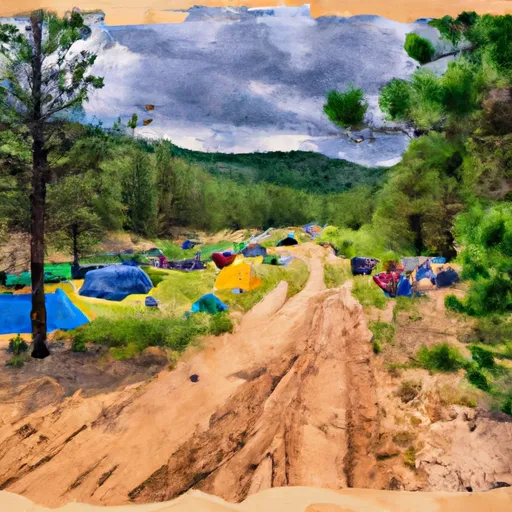 Cherokee Group Site
Cherokee Group Site
|
||
 Arapahoe Group Site
Arapahoe Group Site
|
||
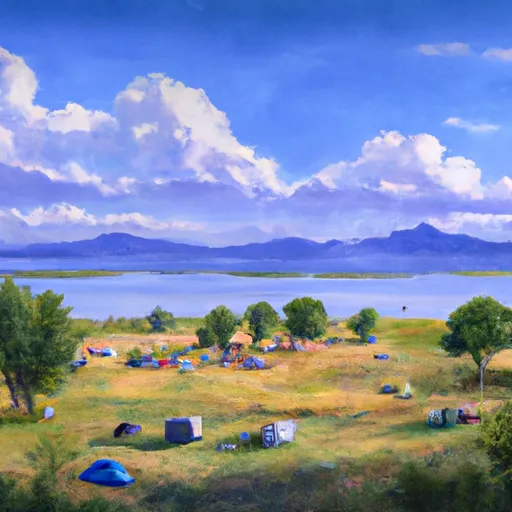 Standley Lake
Standley Lake
|
||
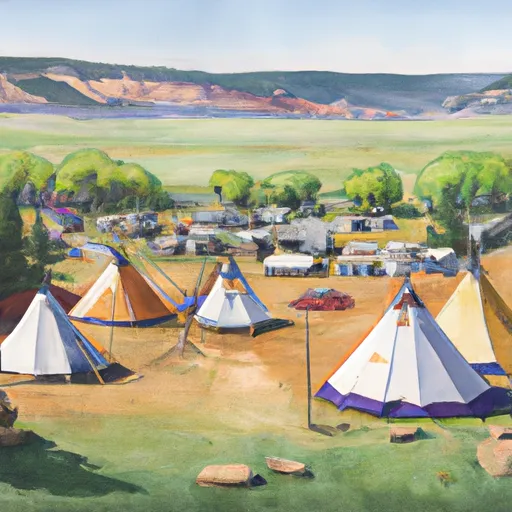 Tipi Village
Tipi Village
|
||
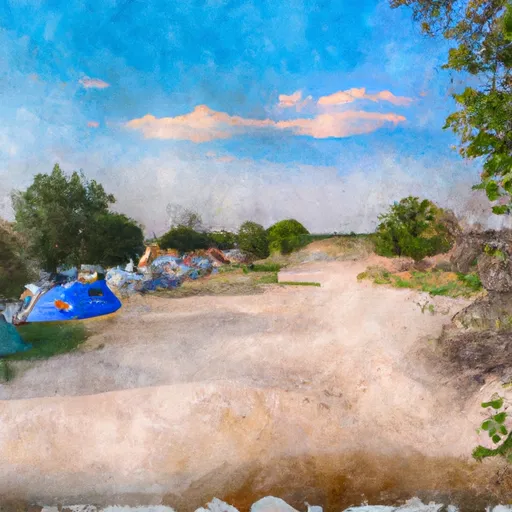 Cherry Creek State Park
Cherry Creek State Park
|

 Commons Park
Commons Park
 City Of Cuernavaca Park
City Of Cuernavaca Park
 Fishback Park
Fishback Park
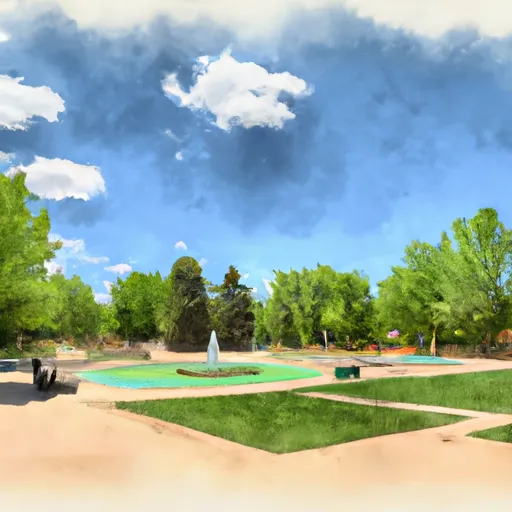 Benedict Fountain Park
Benedict Fountain Park
 Saint Patrick's Neighborhood Plaza
Saint Patrick's Neighborhood Plaza
 Sloan Lake
Sloan Lake
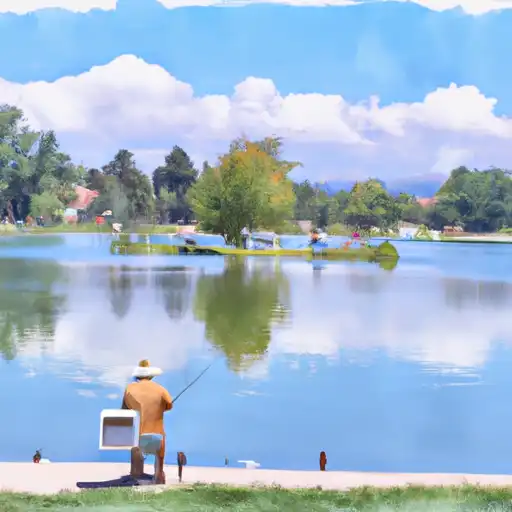 City Park Lake (Denver)
City Park Lake (Denver)
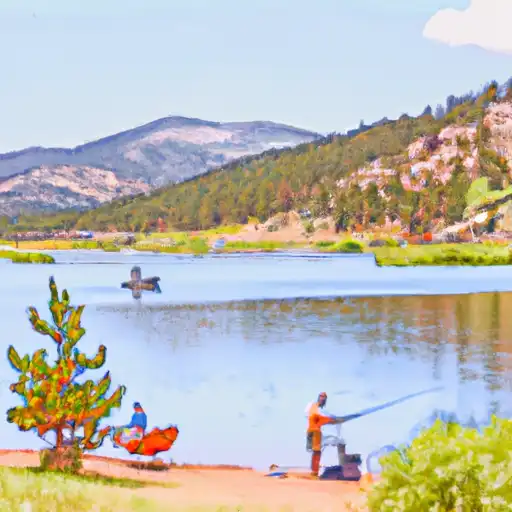 Rocky Mountain Lake
Rocky Mountain Lake
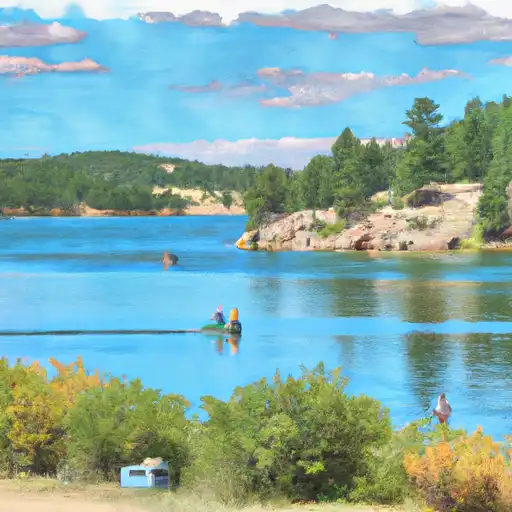 Smith Lake - Washington Park
Smith Lake - Washington Park
 Berkeley Lake
Berkeley Lake